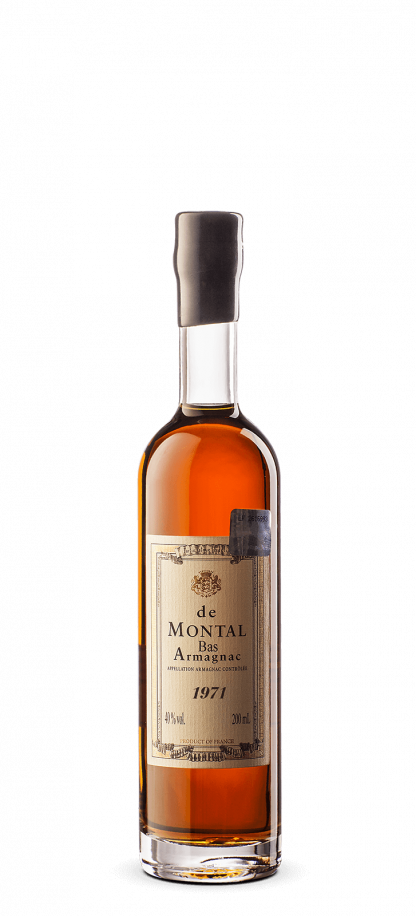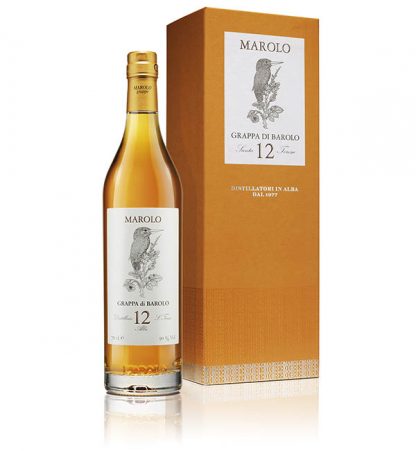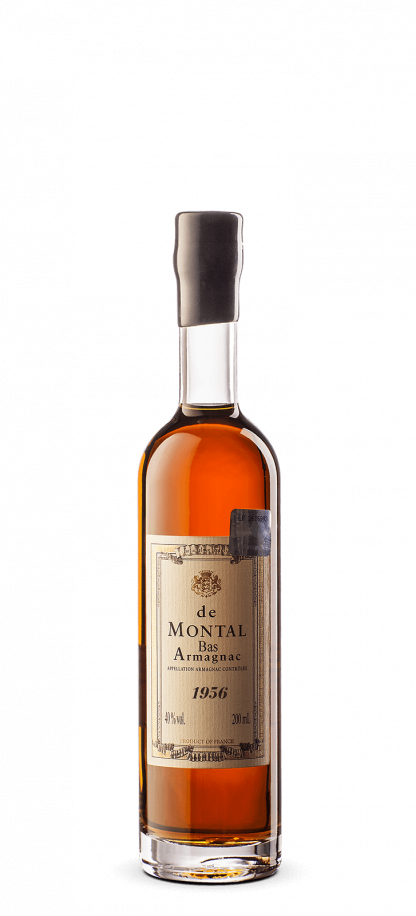Herbal liqueur Jaune Chartreuse 0,7L
Tasting notes for Chartreuse Jaune reveal an aromatic bouquet of honey, saffron, and various herbs, complemented by hints of citrus and spices. On the palate, it offers a rich, velvety texture with a harmonious blend of sweet and herbal flavors, featuring nuances of anise, licorice, and gentian, leading to a long, warming finish. This liqueur is celebrated for its depth, complexity, and the unique balance of sweet and bitter elements.
Chartreuse Jaune pairs beautifully with rich desserts such as crème brûlée, almond cake, or panna cotta, where its sweetness and herbal notes enhance the flavors. It can also be enjoyed as a digestif or mixed into cocktails, providing a distinctive and aromatic component to elevate the overall drinking experience.
7 in stock























